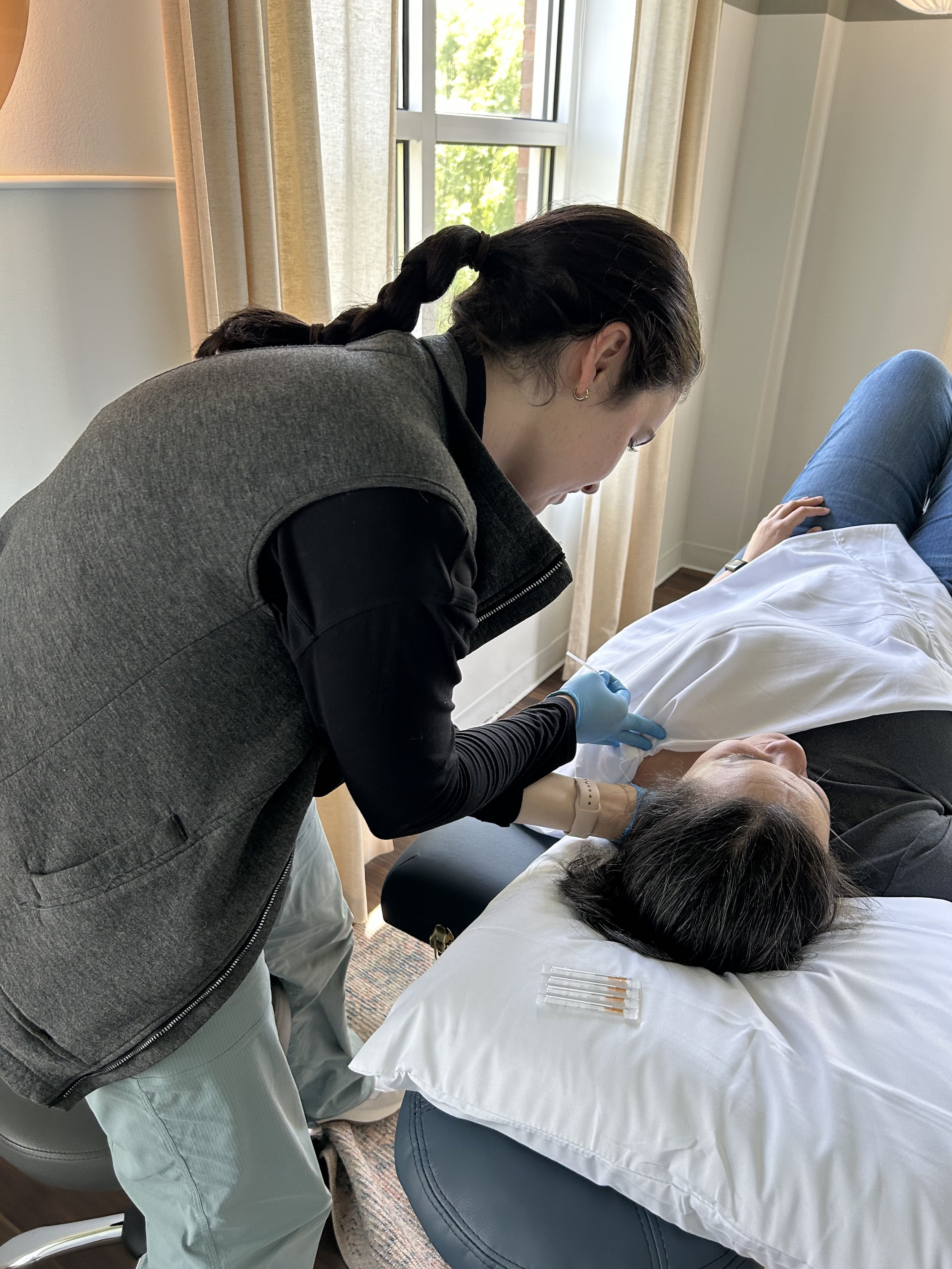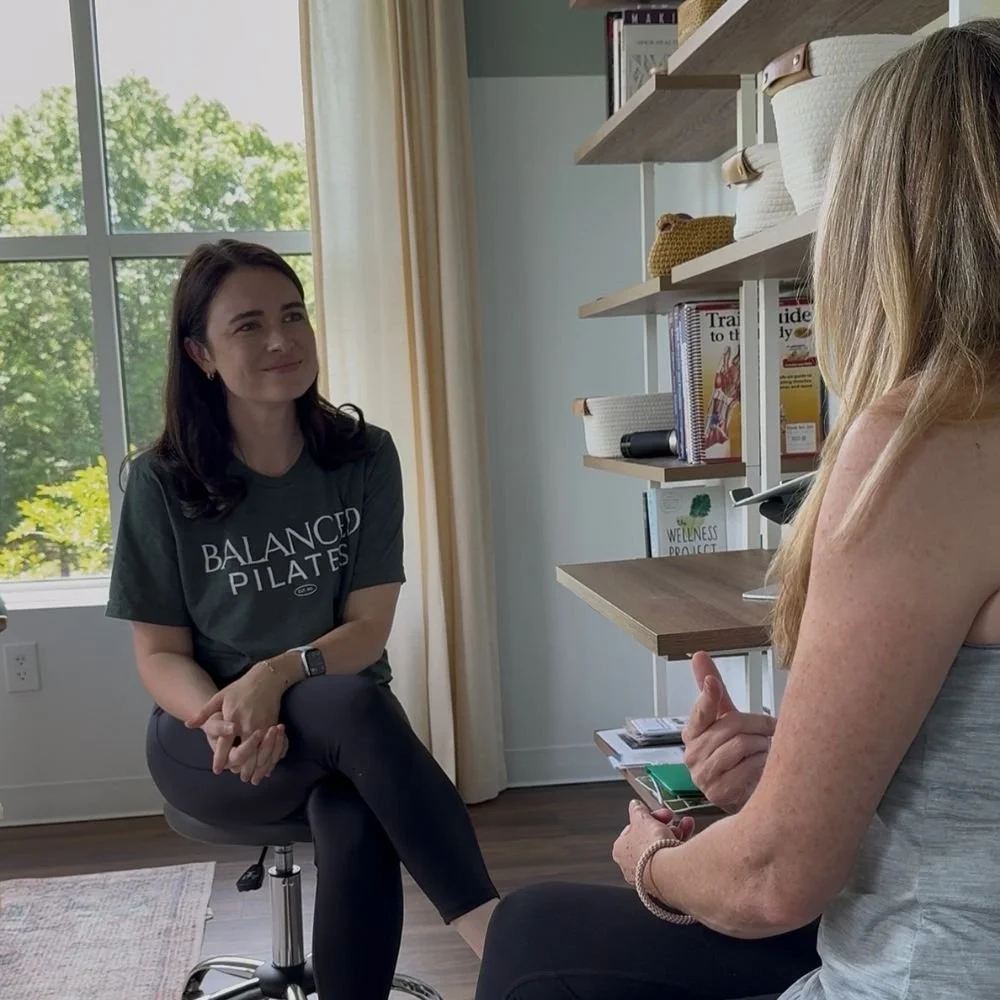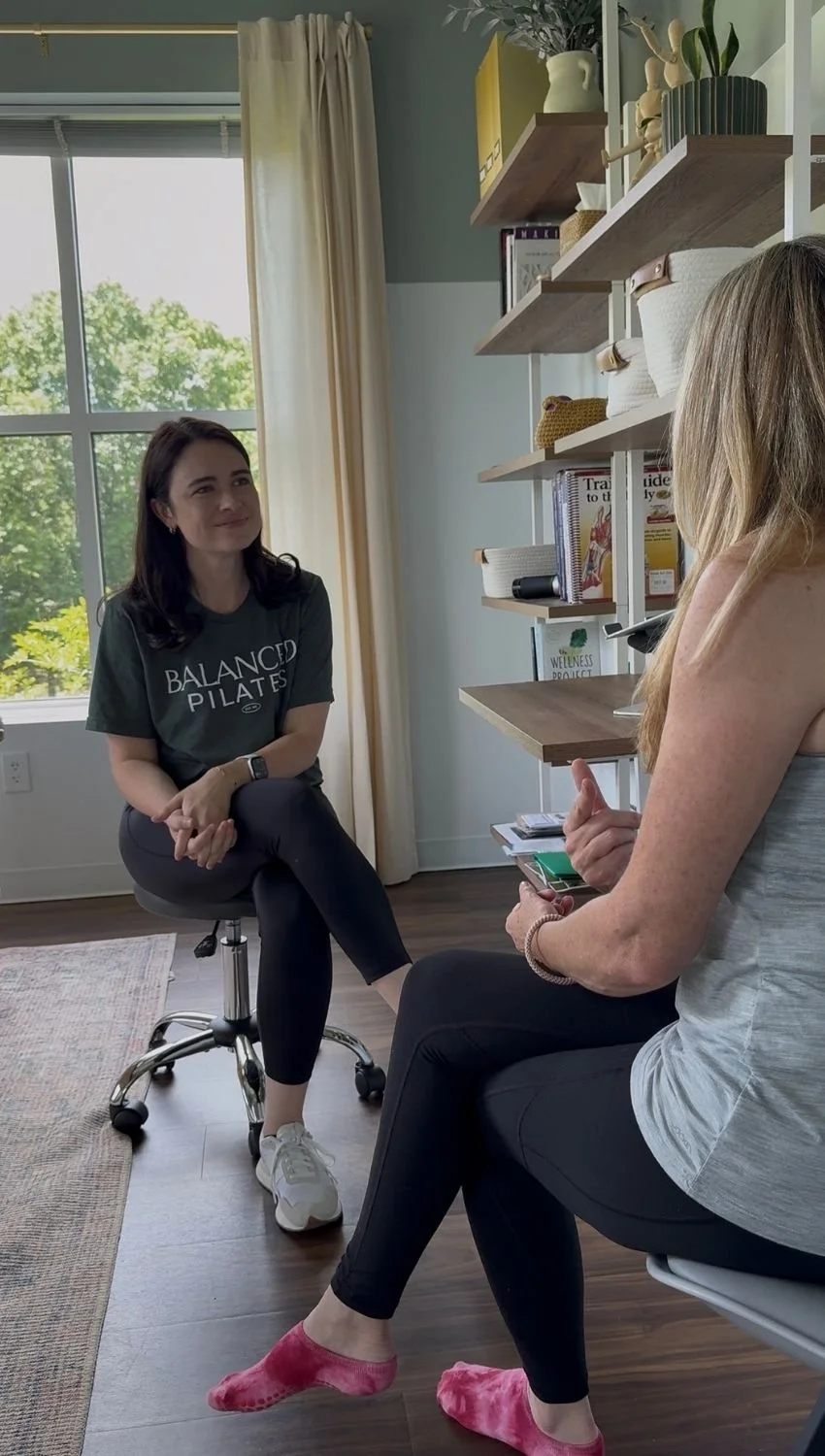
Vestibular Physical Therapy
Specialized Vestibular Physical Therapy Services in Charlotte, NC
Physical Therapy for Balance Disorders, Dizziness & Vertigo Symptoms
Vestibular physical therapy is a specialized form of treatment designed to address balance disorders, dizziness, and vertigo symptoms that stem from inner ear dysfunction. This evidence-based approach helps retrain your brain to compensate for vestibular deficits, reduce symptoms like spinning sensations and unsteadiness, and restore your confidence in daily activities. Through targeted exercises and manual techniques, vestibular therapy can significantly improve your quality of life, helping you return to work, sports, and social activities without the fear of sudden dizziness or falls.
At Balanced Physical Therapy & Pilates in Charlotte, North Carolina, we understand how debilitating vestibular disorders can be. Our experienced team specializes in comprehensive vestibular rehabilitation, offering personalized treatment plans that address your unique symptoms and goals. We combine the latest evidence-based techniques with compassionate care to help you regain your balance and confidence.
The vestibular system, located in your inner ear, plays a crucial role in maintaining balance and spatial orientation. When this system becomes damaged or disrupted, it can lead to a variety of uncomfortable and disabling symptoms including:
Vertigo - The sensation that you or your surroundings are spinning
Dizziness - Feeling lightheaded or unsteady
Balance problems - Difficulty maintaining stability while walking or standing
Visual disturbances - Blurred vision or difficulty focusing during head movements
Nausea and vomiting - Often accompanying severe dizziness episodes
Hearing changes - Tinnitus (ringing) or hearing loss in some cases
Common vestibular conditions we treat include Benign Paroxysmal Positional Vertigo (BPPV), vestibular neuritis, labyrinthitis, Meniere's disease, and post-concussion vestibular dysfunction.
Understanding Vestibular Disorders
The Benefits of Vestibular Physical Therapy
Research consistently shows that vestibular rehabilitation is highly effective for most patients with inner ear disorders. Benefits typically include:
Significant reduction in dizziness and vertigo episodes
Improved balance and reduced fall risk
Enhanced ability to perform daily activities
Decreased reliance on assistive devices
Better quality of sleep and overall well-being
Increased confidence in movement and activities
Faster return to work and recreational activities
Most patients begin to notice improvements within the first few weeks of treatment, with continued progress over the course of their therapy program.

Initial Assessment and Diagnosis
Your vestibular physical therapy journey begins with a thorough evaluation. Our trained therapists will assess your symptoms, medical history, and perform specialized tests to identify the root cause of your balance issues. This may include:
Comprehensive balance and gait analysis
Oculomotor (eye movement) testing
Positional testing for BPPV
Dynamic visual acuity assessment
Functional movement screening
Personalized Treatment Plans
Based on your assessment results, we develop a customized treatment plan that may include:
Canalith Repositioning Procedures: For BPPV, we use specific maneuvers like the Epley or Semont techniques to move displaced calcium crystals back to their proper location in the inner ear.
Habituation Exercises: These controlled movements help reduce dizziness symptoms by gradually exposing your vestibular system to triggering motions, allowing your brain to adapt and reduce its response over time.
Gaze Stabilization Training: Exercises designed to improve your ability to maintain clear vision during head movements, essential for daily activities like driving or reading.
Balance and Postural Training: Progressive exercises that challenge your balance system in safe, controlled environments to improve stability and prevent falls.
Functional Training: Activities that simulate real-world scenarios to help you regain confidence in daily tasks like walking on uneven surfaces, navigating stairs, or moving in crowded spaces.
Our Comprehensive Vestibular Treatment Approach
Vestibular Physical Therapy FAQs
-
Many patients begin to notice improvements within 2-3 weeks of starting vestibular physical therapy, though this can vary depending on your specific condition and severity of symptoms. For BPPV, relief can often be achieved in just 1-3 sessions using canalith repositioning techniques. More complex vestibular disorders may require 6-12 weeks of therapy for optimal results. Your therapist will provide a realistic timeline based on your individual assessment and condition.
-
It's common to experience some temporary increase in dizziness symptoms when beginning vestibular therapy, as the exercises are designed to challenge your balance system. This is actually a normal part of the healing process called "habituation." Your therapist will carefully monitor your symptoms and adjust the intensity of exercises to ensure they're therapeutic rather than overwhelming. Most patients find that initial symptom increases are mild and decrease as their vestibular system begins to adapt.
-
Yes, vestibular physical therapy can be highly effective even for chronic dizziness that has persisted for months or years. While longer-standing symptoms may take more time to resolve, the brain's ability to adapt and compensate (called neuroplasticity) continues throughout life. Many patients with chronic vestibular disorders experience significant improvement in their symptoms and quality of life through structured vestibular rehabilitation, even years after their initial onset.
-
Vestibular physical therapy requires specialized training and focuses specifically on the vestibular system and its connections to vision, balance, and spatial orientation. While regular physical therapy might address strength, mobility, or general balance, vestibular therapy uses specific techniques like canalith repositioning maneuvers, gaze stabilization exercises, and habituation protocols that are uniquely designed for inner ear disorders. Our vestibular-trained therapists have advanced knowledge of the complex interactions between your inner ear, brain, and visual systems.
-
Requirements vary by insurance plan and state regulations. In North Carolina, you can often begin physical therapy without a referral through "direct access" laws, though some insurance plans may still require physician authorization. We recommend checking with your insurance provider about their specific requirements. Even if a referral isn't required, it's often helpful to have medical clearance to rule out any serious underlying conditions that might require medical intervention alongside physical therapy.

